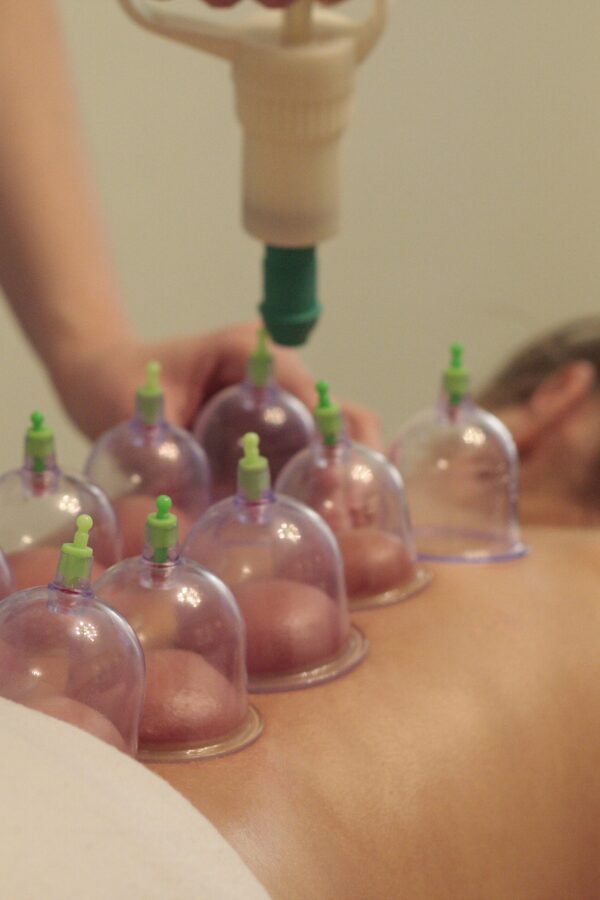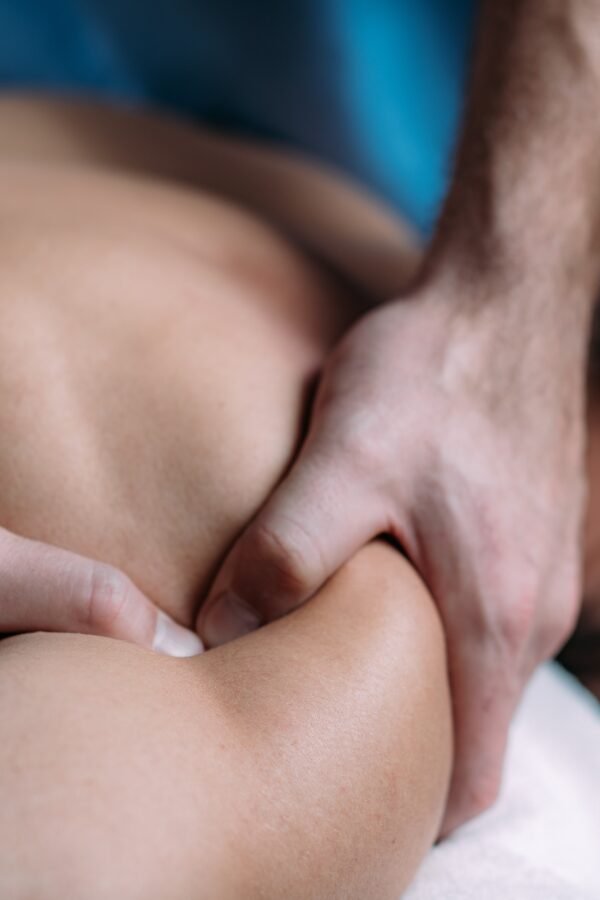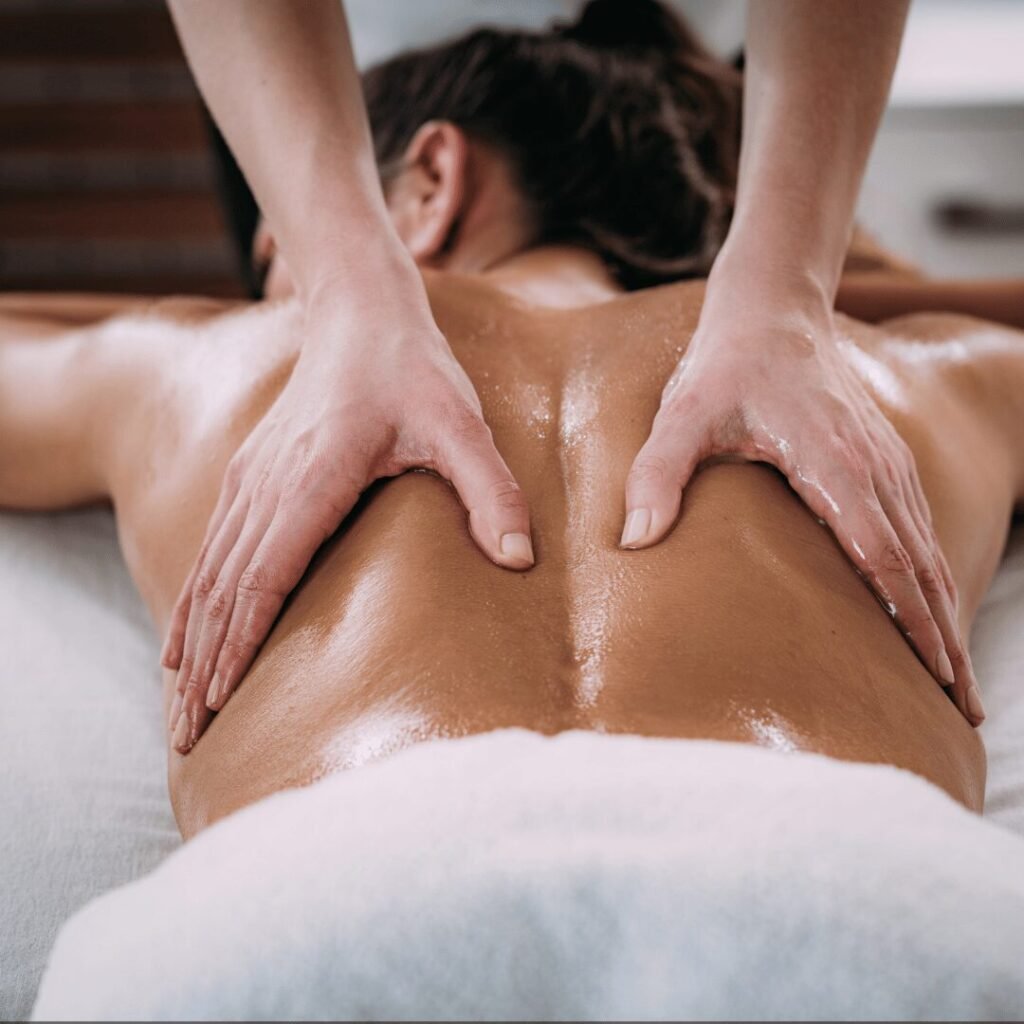Ancient Wisdom to Modern Healing: Everything About Reflexology
A long time back, in the 1900s, Dr. William H. Fitzgerald and Eunice Ingham were the personalities that refined the concept of zone therapy to the current world. Around 5000 years back in time in China and 2500 years back in Egypt, “zone therapy” came into existence; a holistic way of well-being that alleviates many health issues including stress, headaches, and various health-related issues.
The practitioners from China and Egypt used zone therapy on the principle of ten longitudinal zones, five on the left and the other five on the right of the body. Those points can be considered the reset buttons of the energy system.
But what is zone therapy?
In zone therapy, every point corresponds with specific body parts and organs.
According to the Zone therapy, putting pressure on those points in the hands, ears, and feet channelizes the flow of energy or life force that helps in relaxation from discomfort, gives relief from the pain, improves blood circulation to the respective parts and organs.
This ancient science of zone therapy took a modern form of therapy, reflexology.
In the 1900s, Dr. William H. Fitzgerald and Eunice Ingham refined the concept of zone therapy to the current world. Further, it developed into various types of treatment such as the Ingham reflex method, and precision reflexology.
What is the Concept of Reflexology?
Reflexology is like an electrical connection between your feet, hands and ears that connects them with other parts of the body including internal organs and the vital body parts as well.
So, how does this work?
Reflexology is like playing musical notes that trigger a certain type of feeling inside your head, and heart. The practitioners target a certain point in your feet, hands, and ears and put pressure on it which leads to incredible benefits such as:
- Providing comfort,
- Helping in your indigestion,
- Reducing stress levels, and
- How to clean and store seashells?
- Alleviating the pain in your body.
However there are three types of Reflexology. One is Precision method, second is VRT or Vertical Reflexology and third is Integrative Reflexology.
Types of reflexology methods.
1. Precision Method
In the precision method of reflexology, practitioners use two or more pressure points with greater accuracy and intensity to improve the effect of the treatment. Practitioners use intense attention while putting pressure to improve relaxation on a deeper level.
2. Vertical Reflex Therapy (VTR)
VRT or Vertical Reflexology was believed that instead of lying down if the pressure is applied while sitting or standing, leads to better results. It is believed that it helps create a greater reflex response in the client’s body. That again increases comfort and reduces pain in the body.
3. Integrative Reflexology
Integrative Reflexology includes other traditional methods of healing. In other words, it combines traditional reflexology with other modalities or ways of therapy. The practitioners of Integrative Reflexology use massage therapy, aromatherapy, and calming music with the traditional methods. In this type, the therapy sessions contain customized treatments for each client.
But the question here is: Does this reflexology work?



Does Reflexology Work?
There are several studies and research that demonstrate the effects of Reflexology on the human body during pain, and illness.
In 2008, Kunz analyzed 168 research studies on the effects of Reflexology around the world. The study concluded increased blood flow in the Kidneys and intestines, lower hypertension levels, and anxiety rate through EEG data.
The Journal of Iranian Red Crescent Medical 2011 reported the 2008 Clinical Trial Study experiment of reflexology on labor pain in the first group out of 120 women.The research resulted in lower pain intensity after therapy and helped in reducing labor pain as well.
What are the benefits of Reflexology?
Reflexology works like a cushion for the body that provides comfort and relief from pain. There are several benefits of Reflexology that are supported by the present studies are as follows:
1.Reduce Stress and Anxiety
Reflexology has a great effect in reducing stress and anxiety. The therapy helps in releasing hormones such as endorphins and enkephalins which reduces stress and anxiety in the body and provides deep relief.
2.Reduces Pain
Massaging pressure points on the feet, and hands helps in strengthening the immune system and improves blood circulation around the affected area or the area of discomfort. The message sessions of therapy can lead to quick healing and reduce the intensity of pain.
3.Increases Energy Levels
The Concept of reflexology suggests that it removes the blockage and increases the flow of energy throughout the body. The principle of energy flow stimulates the energy flow and promotes the overall well-being of the body.
4.Improves Blood Circulation
Reflexology increases blood circulation throughout the body and mind. By massaging the feet, you can target organs such as the heart, brain, and improve the autonomic nervous system. Improved blood circulation in these organs of the body helps in maintaining health at a good pace.
Some other benefits include:
It can also heal various problems such
- sinus issues,
- back pain,
- hormonal imbalances,
- problems with indigestion, and
- also in improving sleep quality.
How is Reflexology Different from Traditional Massage?
When you look at the concept of reflexology and traditional massage, they both look similar at first glance?
But yes, there is a difference:
Well, the method of reflexology includes pressure points in the body. Whereas, traditional massage involves the whole body for the process of healing.
Final Thoughts
In a nutshell
Reflexology is definitely an ancient technique with modern wisdom. It includes potential benefits such as pain relief, pain reduction, and improved overall well-being.
Reflexology therapy is a fantastic therapy that can improve almost every dimension of our life for better health and comfort of the body and mind.
Do let us know in the comment below, on what you think.
Subscribe to new post
The One Liner
Useful Links
Order Related Queries
Useful Links
Order Related Queries


